While Yellowstone is a stunning place to visit, you have to be careful. Yellowstone is not a zoo – the animals are wild and unpredictable and are not fenced in. A slow, lumbering, wild bison looks as though it can’t move very fast, but they are quite agile when they need to be, as is shown in these videos.
Park regulations prohibit approaching wildlife closer than 25 yards, or 100 yards in the case of bears. Further, it is against the regulations to stay near any animal, including birds, if you are disturbing them. This is not only for your safety, but for the animals’ as well. It is against the law to feed animals in the park as well.
Observe posted speed limits. The park speed limit is 45 in most places (unless otherwise posted). This is especially important at night when animal might be out on the roadway. Bison, bears, and moose are dark animals and you won’t see them until you’re right on them. If you can’t stop, you’re likely to hit them, damaging your car at a minimum, and possibly injuring or even killing the animal. It’s not unheard of for passengers in an automobile to be killed as well, especially if you hit a moose.
If you’re driving slower than the posted speed limits, USE THE PULLOUTS. Failure to do so causes traffic to back up behind you, resulting in an increased potential for traffic accidents. Park regulations require you to pull over and allow other vehicles to pass.
Seat belt use is mandatory in Yellowstone. Pay attention to traffic conditions, especially during cold periods when ice may form on roadways or bridges.
Thermal features are hot, and often acidic. If you slip or fall into one, you risk being burned severely or perhaps even killed. Stay on the boardwalks or designated trails. Even though the ground may look solid, often it is a just a shell and you might fall through. If you have children or pets with you, keep them under control at all times to prevent them from jumping or falling into scalding water. Note that pets are prohibited in thermal areas.
Swimming or bathing in thermal pools or streams, where water flows entirely from a thermal spring or pool, is prohibited. Where swimming is allowed, swim at your own risk. Thermal waters may contain organisms know to cause infections and/or amoebic meningitis, which can quickly be fatal. Obtain more information at any ranger station or visitor center.
Fires are not permitted anywhere in the park, except for fire grates available in picnic areas at Snake River, Grant Village, Bridge Bay, Cascade, Norris Meadows, Yellowstone River, Spring Creek, Nez Perce, and the east parking lot of Old Faithful. Fires may be built at certain backcountry camp sites – check with the Backcountry Desk for details. Be sure your fire is out completely before you depart. Failure to do so might spark a wildfire that can easily get out of control.
Most of the park is above 6,500 feet and the high altitude may present problems for some people. You should consider seeing a physician prior to your visit i you have breathing or heart problems. Be aware of your physical limitations and drink plenty of fluids to forestall the dehydrating effects of the parks dry climate. Stop and rest frequently.

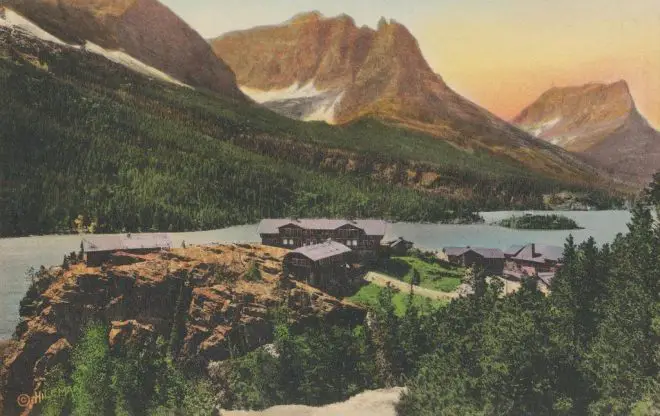 Yellowstone Best View Accommodations
Yellowstone Best View Accommodations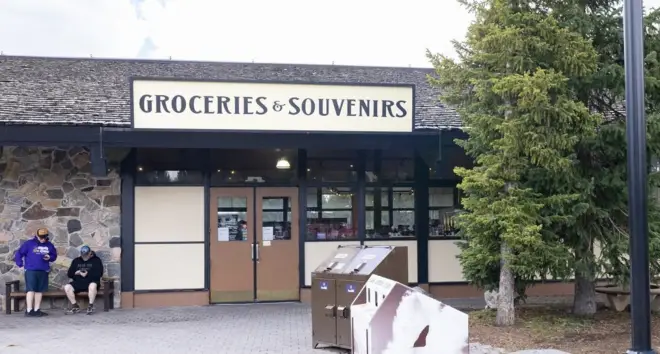 Alcohol in Yellowstone: What you Need to Know
Alcohol in Yellowstone: What you Need to Know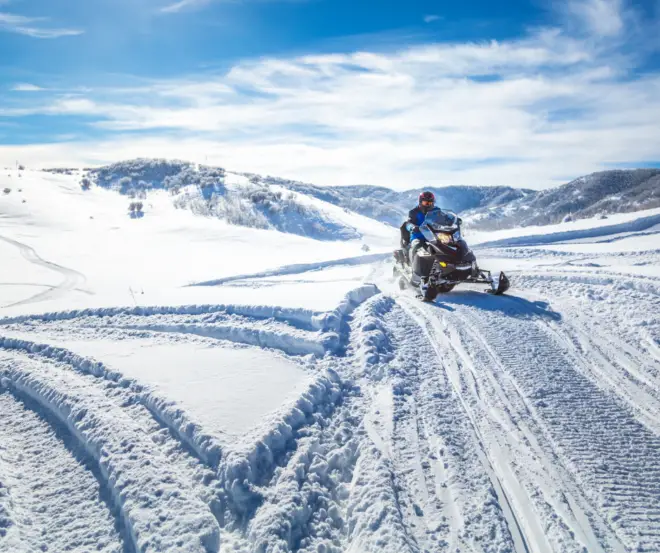 Snowmobiling in Yellowstone National Park
Snowmobiling in Yellowstone National Park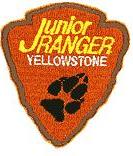 Junior Ranger Program
Junior Ranger Program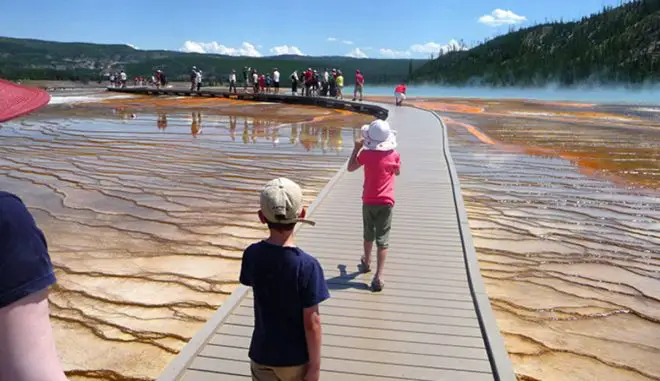 Ranger-Led Activities
Ranger-Led Activities Tourist Activities
Tourist Activities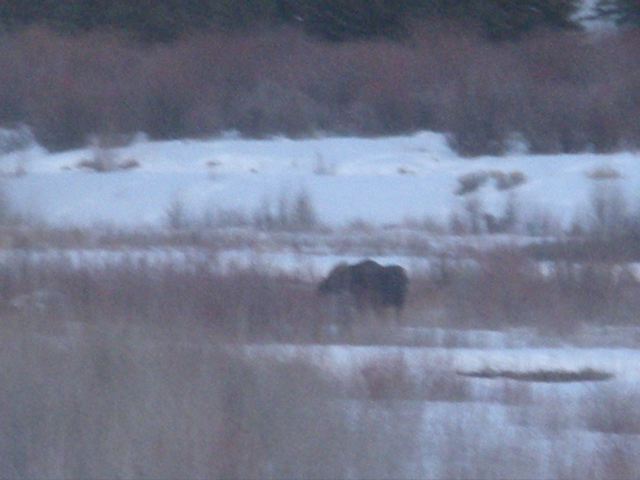 Bears in Yellowstone – Are they Common?
Bears in Yellowstone – Are they Common?